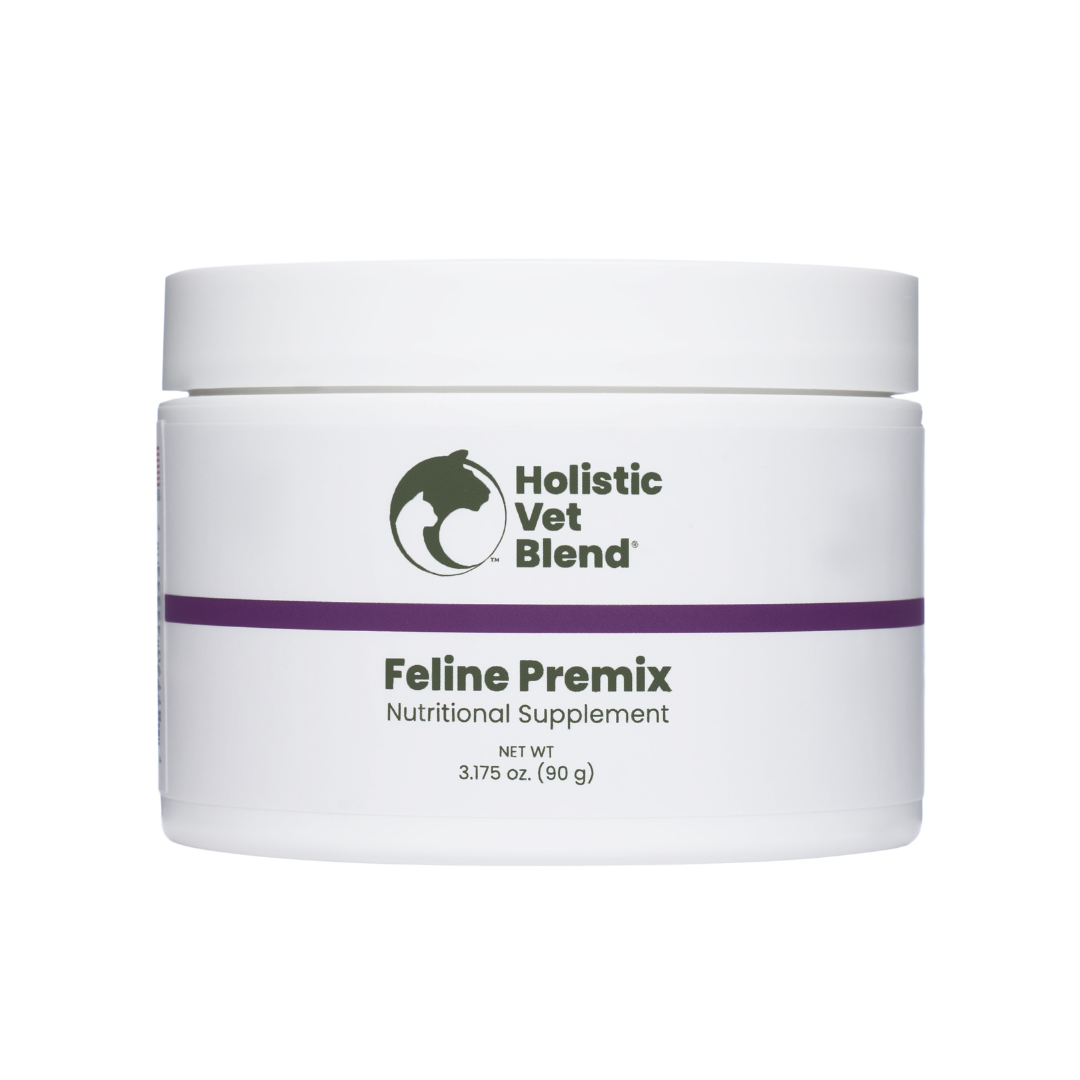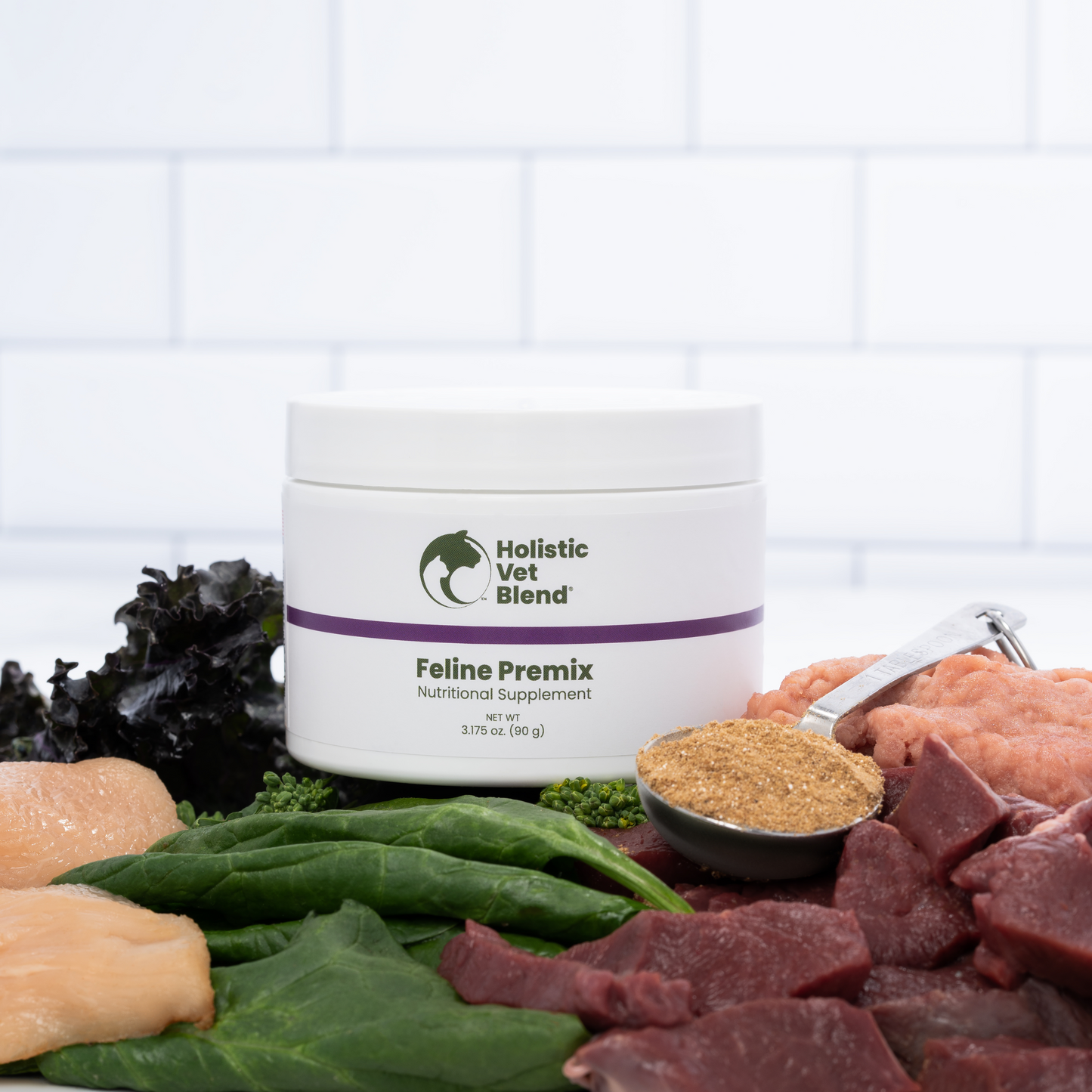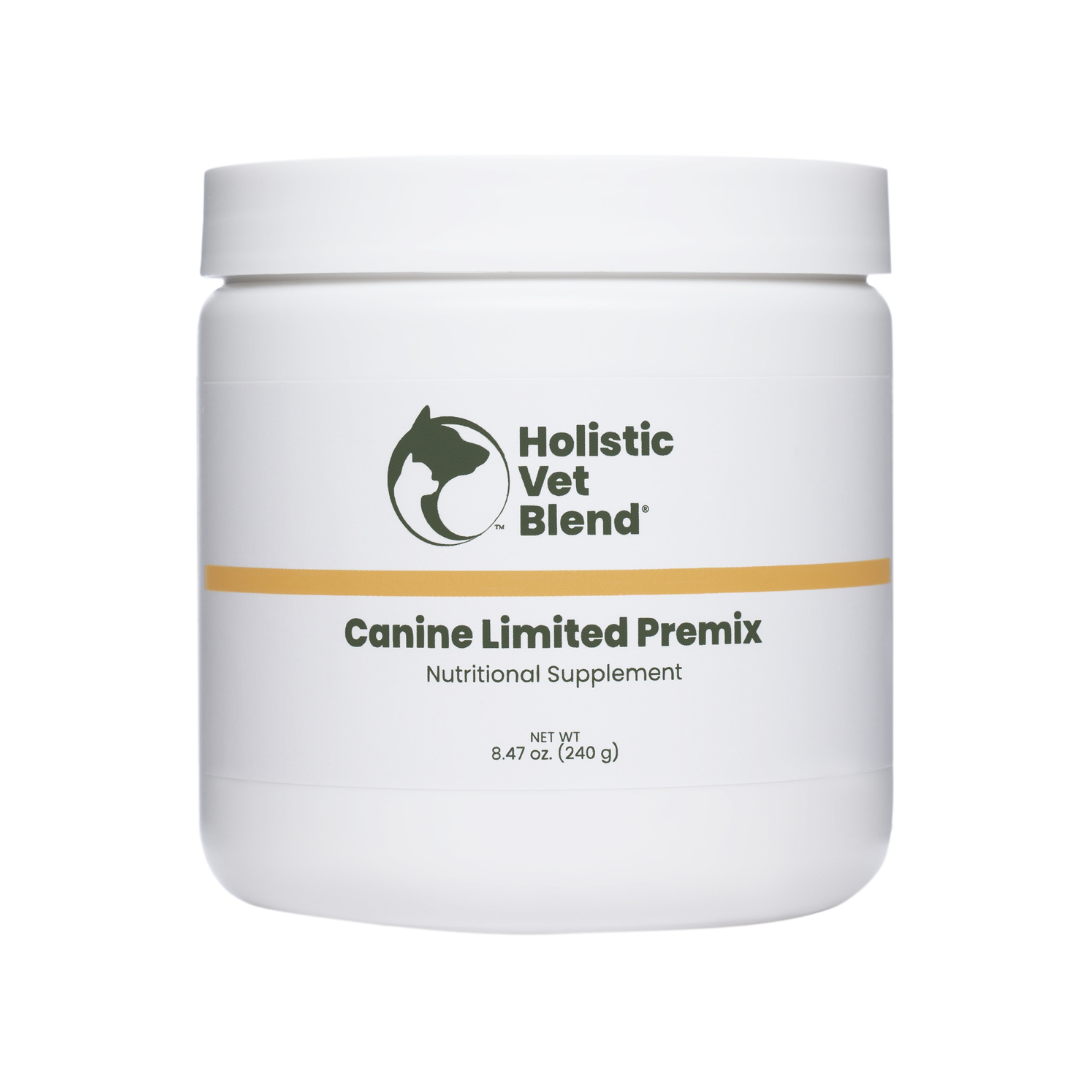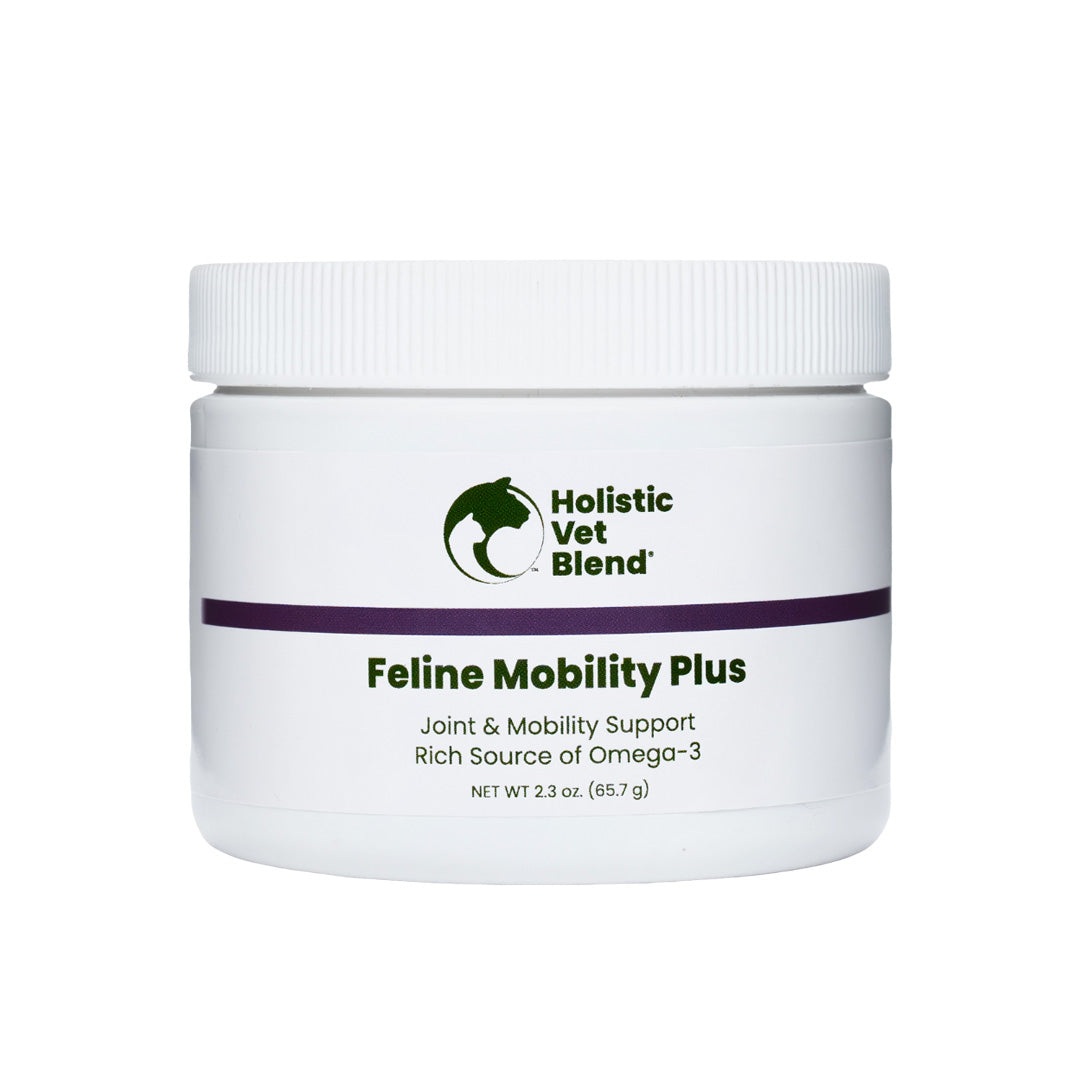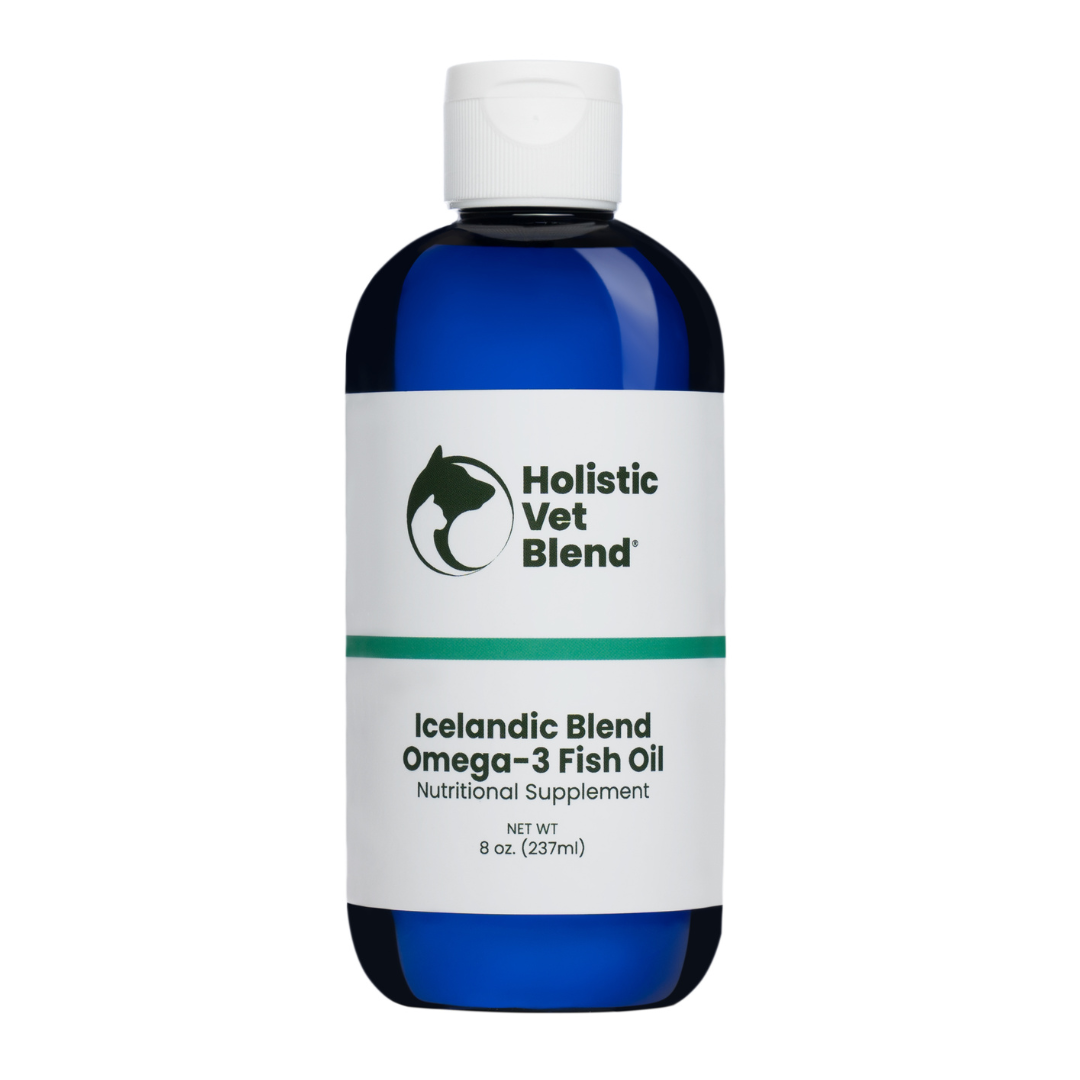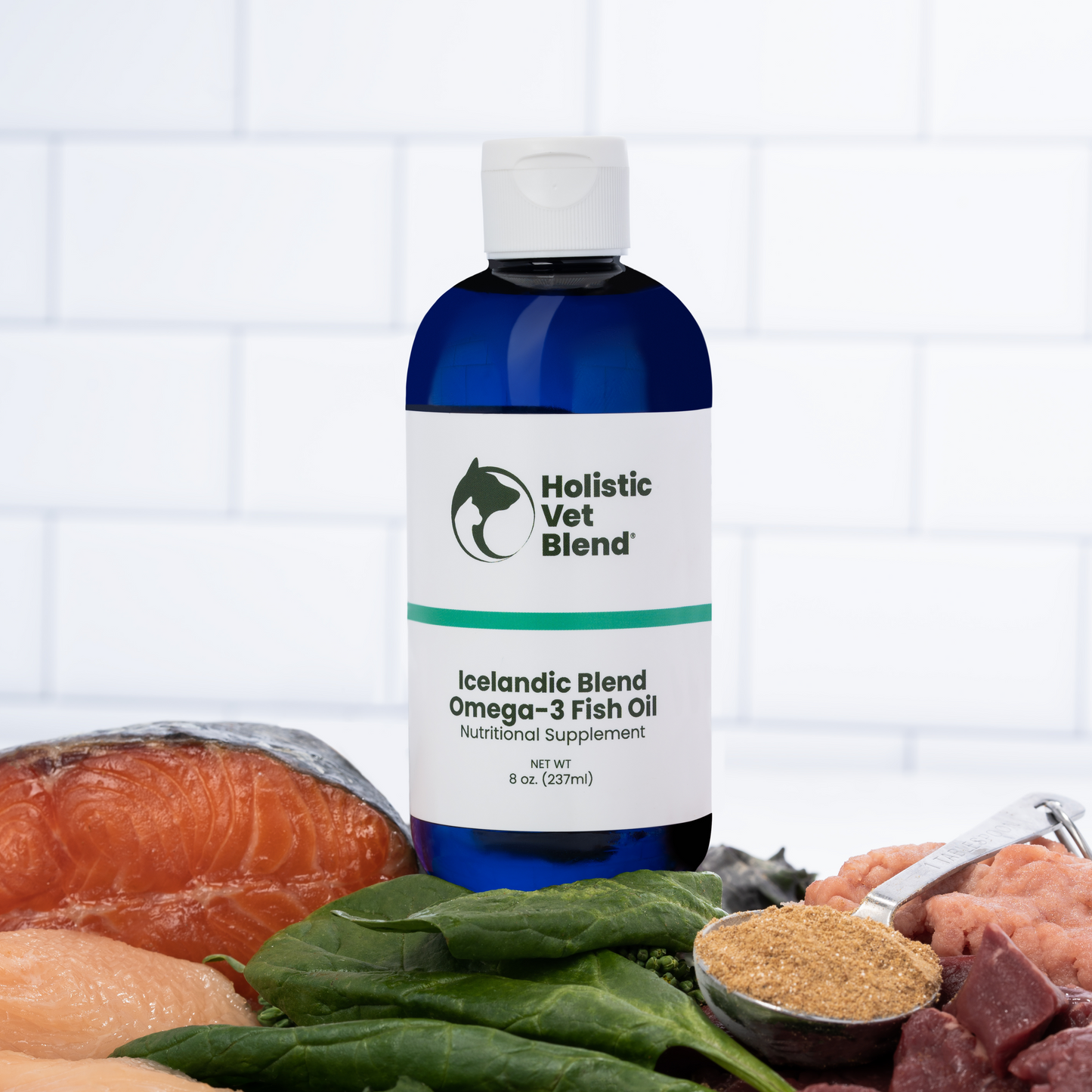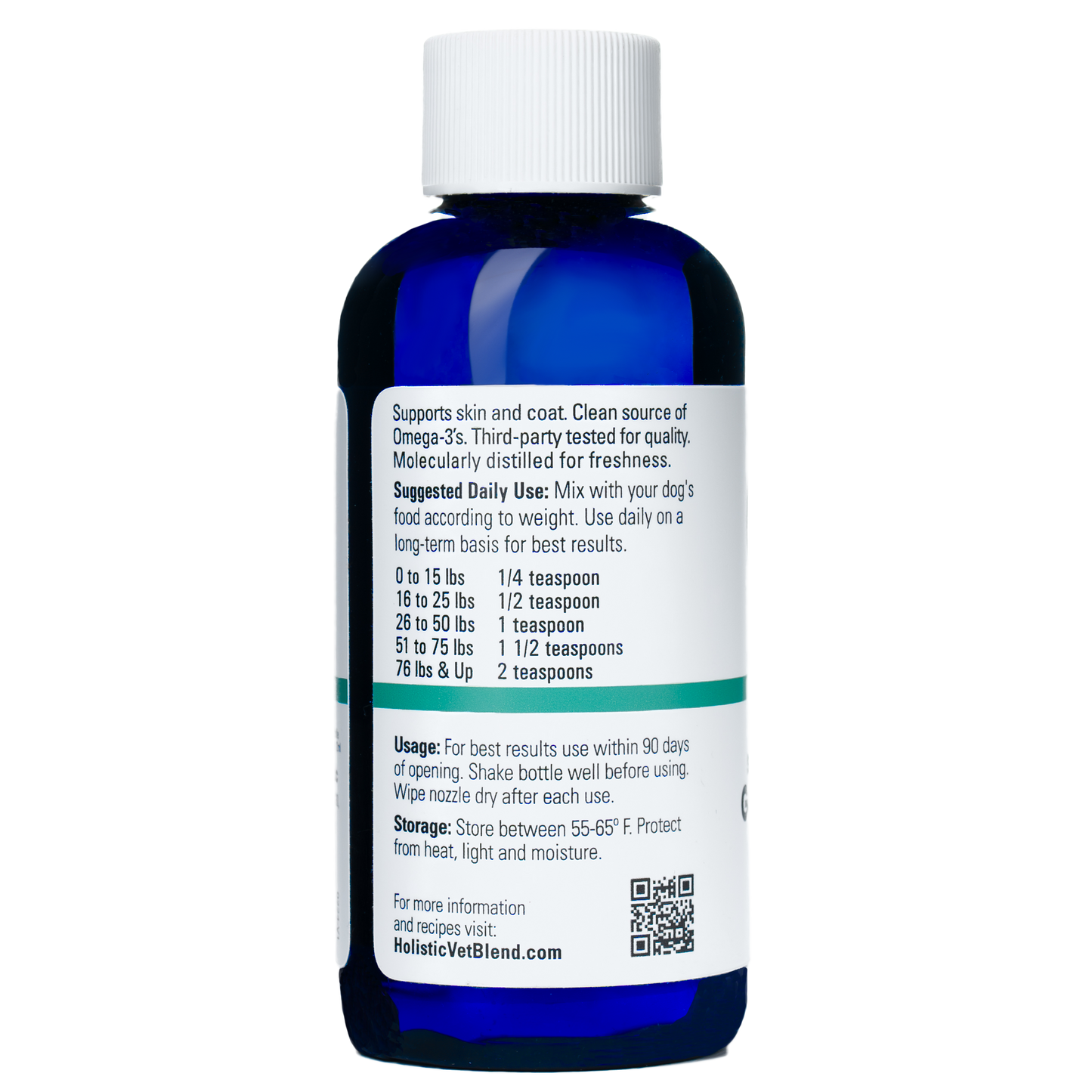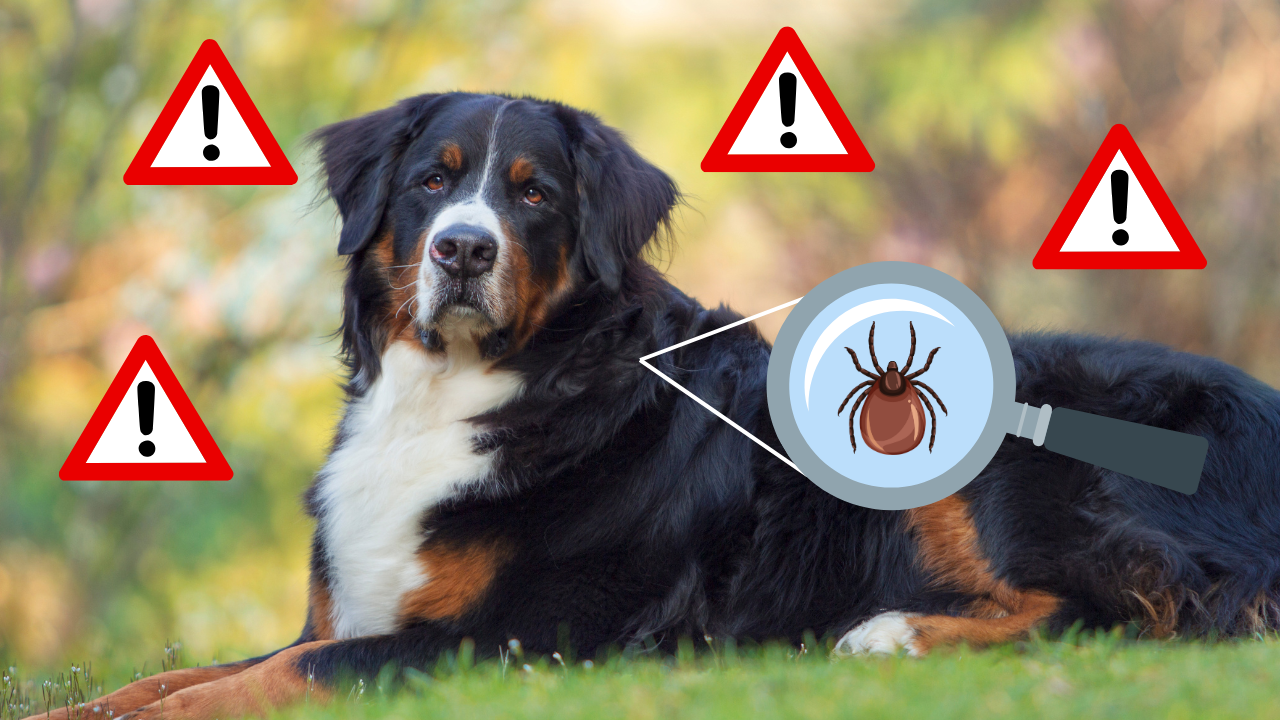
As a holistic veterinarian, I am passionate about preventing diseases that can affect our beloved dogs. One such concern is Lyme disease, also known as Lyme borreliosis, a tick-borne illness that can pose serious risks to us and our canine companions. This blog post aims to give you an overview of Lyme disease, its symptoms, transmission, prevention methods, and natural treatment options, best equipping you to protect your furry friends.
What is Lyme Disease?
Lyme disease is caused by the bacterium Borrelia burgdorferi, which is primarily transmitted through the bite of infected ticks belonging to the Ixodes complex. These ticks thrive in grassy, wooded areas in the United States and often feed on rodents before latching onto dogs during outdoor activities. While dogs and humans can contract Lyme disease, the impact on each species differs significantly.
What are the symptoms of Lyme disease in dogs?
Symptoms of Lyme disease in dogs include lameness, swollen joints, fever, lethargy, and lack of appetite. Some dogs may also experience kidney issues or in severe cases, heart or nervous system complications. If you notice these symptoms in your dog, consult with a veterinarian promptly.
Understanding Symptoms and Diagnosis
If your dog is exposed to Lyme disease, recognizing the most common signs of illness early can lead to prompt treatment. Common signs include:
- Fever
- Lethargy
- Shifting Leg Lameness: This symptom may come and go, switching from one leg to another
Veterinarians often diagnose Lyme disease through physical exams, history of tick exposure, and blood tests. The C6 antibody test measures antibodies specifically associated with Lyme disease, helping to determine if your dog has been exposed to the bacterium.
Lyme Disease in Dogs vs. Humans
The way Lyme disease affects dogs and humans differs significantly:
Dogs:
- Only about 5-10% of infected dogs show symptoms (1)
- Symptoms include fever, lethargy, and lameness
-
Less commonly develops into a long-term condition
Humans:
- About 95% of infected people show symptoms (2)
- Symptoms include a bull's-eye rash, fever, fatigue, and joint pain, and occur 3-30 days after exposure
- More likely to develop into a chronic autoimmune condition, with 10-20% having longer-term fatigue, joint pain, and neurological effects (3)
What are the chances of a dog getting Lyme disease?
Dogs in areas with high tick populations have a significant risk of Lyme disease. The likelihood varies by location and exposure to ticks. You can prevent infection if the ticks are removed within 24-48 hours. Tick checks are imperative. Other preventive measures include essential oil sprays that can help repel (but not kill) ticks, and preventive that carry risks especially for seizure-prone pets.
Transmission of Lyme Disease
Understanding how Lyme disease is transmitted is crucial for effective prevention. Lyme disease is transmitted when an infected adult tick or a nymph attaches to a dog (or human) for at least 24-48 hours. This means that prompt tick removal can significantly reduce the risk of infection. Here’s how transmission occurs:
- Tick Attachment: An infected tick latches onto the dog’s skin, often in hidden areas like the ears or underbelly.
- Infection Process: The bacteria proliferate at the attachment site, and within 24-48 hours, they can enter the bloodstream, leading to infection.
Environment:
Ticks are commonly found in areas with tall grass, shrubs, and leaf litter, making awareness of your dog's environment essential. Whenever possible, keep your dog in the center of the trail and guide them so they do not contact the brush along the sides of the trail.
Prevention Strategies
Prevention is key to safeguarding your puppies and dogs from Lyme disease. Here are detailed strategies for tick control to consider:
1. Avoid Tick-Infested Areas: Limit walks in heavily wooded or grassy regions, particularly in the spring and summer months when ticks and fleas are most active.
2. Routine Tick Checks: After each outdoor adventure, thoroughly inspect your dog. Look for ticks around the ears, neck, underbelly, and between the toes. Use a fine-toothed comb to help detect ticks in their fur.
3. Natural Tick Repellents: Craft a DIY essential oil tick repellent spray using:
- 1 cup of water
- 2 drops each of eucalyptus, lemongrass, and citronella essential oils
- 1 tablespoon of witch hazel
-
- Spray this mixture onto a bandana and tie it around your dog’s neck before outdoor activities. This natural approach can deter ticks while being safe for your pet.
-
4. Boost immune health with a healthy diet. Feed them a balanced diet rich in antioxidants, vitamins, and minerals. Consider immune-boosting foods such as:
5. Maintain a Tidy Yard: Keep your yard tick-free by:
- Regularly mowing the lawn reduces the habitat that ticks can thrive in.
- Clearing away leaf litter and debris where ticks may thrive.
- Creating barriers, such as wood chips or gravel, around the perimeter of your yard to deter wildlife that may harbor ticks.
6. What about vaccination? While vaccination can provide some protection in high-risk areas, it is not a one-size-fits-all solution. Discuss with your veterinarian the pros and cons based on your dog's lifestyle and environment.
Treatment Options for Lyme Disease
If your dog does contract Lyme disease, timely treatment for the initial infection is crucial. The standard treatment protocol typically includes:
- Antibiotics: Doxycycline is the drug of choice, usually administered for at least 30 days. Other antibiotics, such as amoxicillin, may also be effective. Treatment may need longer for dogs with severe symptoms or kidney issues.
- Supportive Care: Ensure your dog has plenty of rest and consider pain management options, such as nonsteroidal anti-inflammatory drugs (NSAIDs) under veterinary guidance.
- Holistic Support: As a holistic veterinarian, I recommend integrating natural therapies, such as herbal immune boosters, probiotics, and omega-3 fatty acids, to support your dog’s recovery and overall health.
- Regular Monitoring: Continuous monitoring of your dog’s kidney function and overall health is essential, especially in Lyme nephritis, where kidney inflammation can occur.
Conclusion
Lyme disease is a significant health concern for dogs, but we can effectively reduce the risk of infection with a proactive approach. By understanding the transmission, symptoms, and preventive measures, as well as embracing natural treatment options, you can help keep your canine companion safe and healthy. Remember, prevention is always best.
Frequently Asked Questions
Is Lyme disease in dogs contagious?
Lyme disease in dogs is not directly contagious from one dog to another. It is transmitted through the bite of an infected tick. If an infected dog bites another dog, it will not directly transmit Lyme disease to the other dog through saliva or contact, making ticks the direct source of infection.
Can a dog recover from Lyme disease?
Yes, with prompt treatment, many dogs can recover from Lyme disease. Treatment usually involves a course of antibiotics prescribed by a veterinarian. It's important to follow your vet's recommendations closely and monitor your dog for any signs of improvement or worsening symptoms. Lyme disease can cause long-term complications in some cases, so early detection and treatment are key to a successful recovery.
How is Lyme disease diagnosed in dogs?
Lyme disease in dogs is typically diagnosed through clinical signs, blood tests, and sometimes further diagnostics. The diagnosis of Lyme disease may require your veterinarian to perform a physical examination to check for symptoms such as lameness, swollen lymph nodes, joint swelling, fever, lethargy, weight loss, and loss of appetite. Lyme disease diagnosis usually involves blood tests that can detect antibodies produced by the dog's immune system in response to the Lyme disease bacteria. In some cases, additional tests such as urine or joint fluid analysis may be recommended to confirm the diagnosis or assess the severity of the infection.
What should I do if I find a tick on my dog?
If you find a tick on your dog, it's essential to carefully remove it as soon as possible to prevent any potential diseases or infections.
Here's what you can do:
1. Use fine-tipped tweezers to grasp the tick as close to your dog's skin as possible.
2. Gently and steadily pull the tick straight out without twisting or crushing it, as twisting may cause the mouthparts to break off and remain in the skin.
3. Clean the bite area with rubbing alcohol or soap and water.
4. Dispose of the tick by flushing it down the toilet or placing it in a sealed bag/container.
5. Monitor your dog for any signs of infection at the bite site, such as redness, swelling, or irritation.
If you are unsure how to remove the tick or if your dog shows any concerning symptoms after removal, it's best to consult your veterinarian to ensure your dog's health and well-being.
Citations:
- https://www.avma.org/resources-tools/pet-owners/petcare/lyme-disease-dogs#:~:text=Both%20animals%20(dogs%2C%20cats%2C,which%20can%20be%20quite%20severe.
- https://www.cdc.gov/lyme/signs-symptoms/index.html#:~:text=Early%20signs%20and%20symptoms%20(3%20to%2030%20days%20after%20tick%20bite)&text=Occurs%20in%20approximately%2070%20to,30%20cm)%20or%20more%20across
- https://pmc.ncbi.nlm.nih.gov/articles/PMC2430045/#:~:text=A%20minority%20of%20patients%20treated,symptoms%20%5B34%E2%80%9342%5D.




